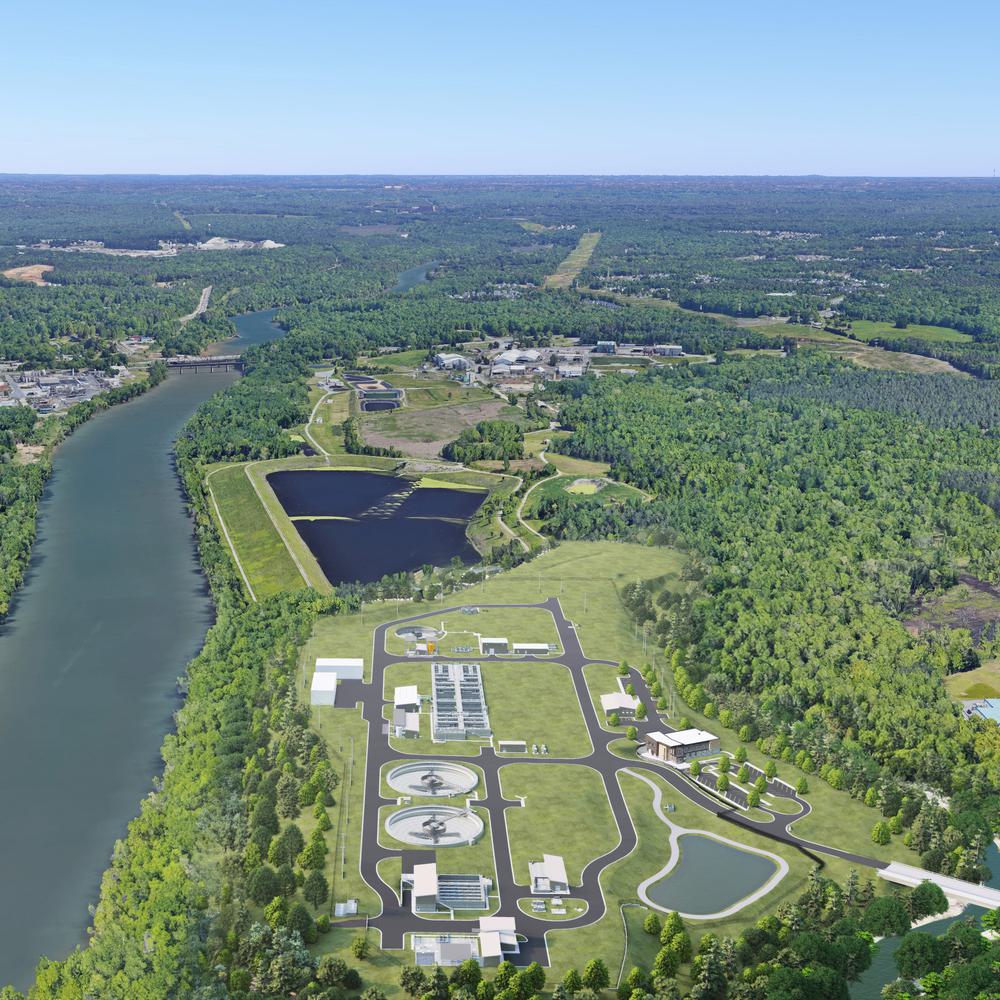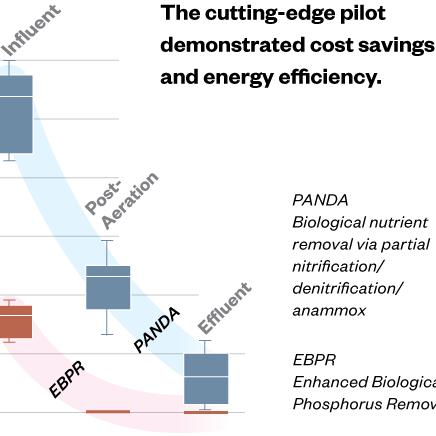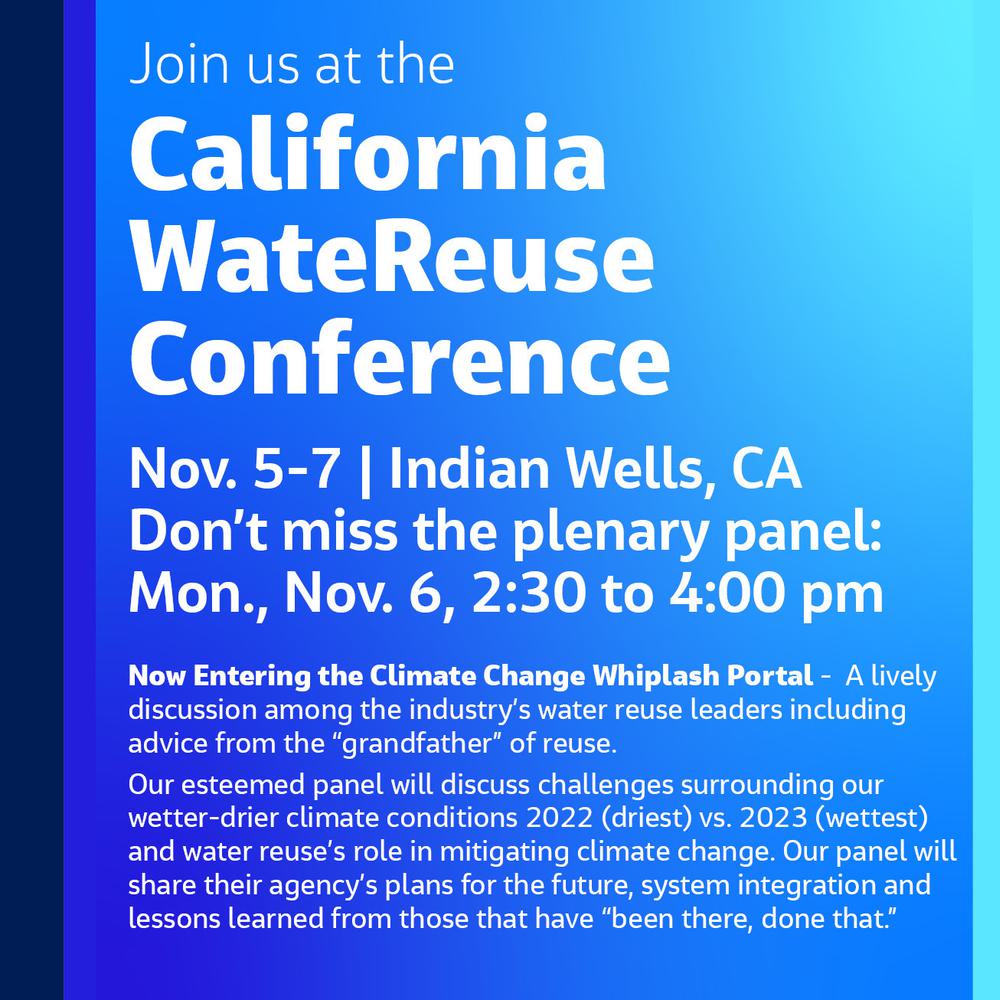Conventional BNR and State-of-the-art Sidestream System: Sustainable Treatment for the Future
The Hurricane Sandy Recovery Program, a partnership between Hazen and Sawyer and ARCADIS, was created to assist Nassau County in the long-term Hurricane Sandy recovery effort for the South Shore WRF facility (formerly known as the Bay Park STP). Nutrient removal was incorporated into the program as reduced nitrogen loading in the Western Bays will accelerate marshlands recovery, providing additional buffering from future storm events.
Nassau County entered into a Consent Agreement with New York State DEC whereby nitrogen loading into the Western Bays was to be reduced to the greatest extent possible. The Bay Park Conveyance Project will ultimately divert all dry weather effluent to an open ocean outfall, but the existing outfall in Hempstead Bay will still remain in service for wet weather and emergency use. Treatment upgrades to achieve approximately 10 mg/L of total nitrogen in the effluent was agreed to based on studies performed by Hazen, showing that could be achieved efficiently within the existing plant envelope via conventional BNR upgrades and sidestream centrate deammonification.

Eric Mills manages large program wastewater treatment and collection system initiatives.
Related Topics:
From Recovery to Sustainability
We worked on immediate storm recovery and long-term resiliency improvements to prepare for future storm events.

Project Outcomes and Benefits
- Project scope and goals negotiated with regulators, with treatment goals and Consent Agreement milestones all met to date.
- BNR improvements implemented and new nitrogen limit for SPDES compliance determined by 12 month operating period.
- Sidestream system constructed and currently in testing phase.
- Effluent quality improvements are improving water quality in the Western Bays.

The Annamox® sidestream deammonification system, in tandem with BNR, will reduce nitrogen loading in the Western Bays to accelerate marshlands recovery, providing additional buffering from future storm events.


























